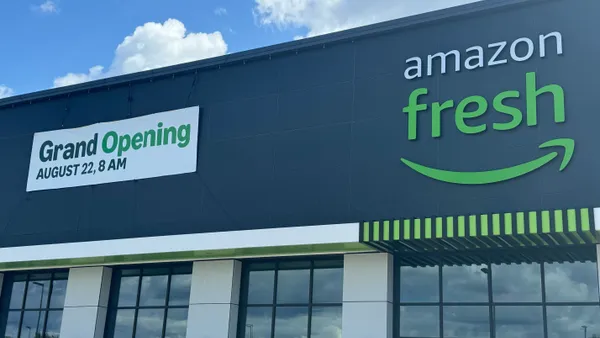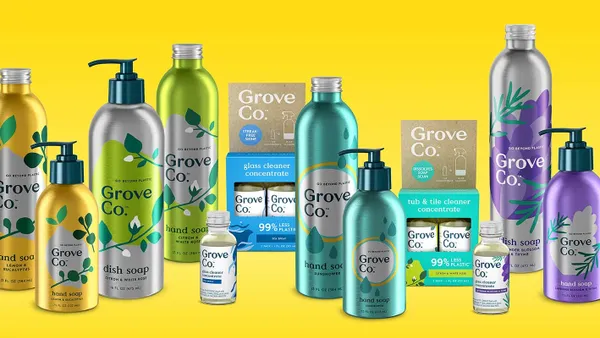Online holiday shoppers this year might notice an extra payment option during checkout with many major retailers. A number of financial services companies have added point-of-sale financing options over the past 12 months to take advantage of what Accenture estimates is a $1.8 trillion opportunity.
Point-of-sale loans are the modernized version of layaway, bypassing the credit-card model by breaking down payment for a big-ticket item into installments. And although layaway has traditionally been associated with one-time purchases such as furniture, braces and high-end appliances, point-of-sale financing is available for mobile phones, vacations and sneakers.
The option may help merchants and banks draw in millennials and Gen Z consumers who are already accustomed to digital monthly subscription plans. They also may enable impulse buyers who are looking to avoid costly interest rates credit cards charge. Buyers may also find the set monthly payments useful as a budgeting tool.
Old model, updated
The concept is not new. Companies such as Affirm have used the model since 2012, and Affirm CEO Max Levchin told The Wall Street Journal in September its point-of-sale loans doubled to about $2 billion last year and are expected to at least double again this year. Australia-based Afterpay said it has partnered with 6,500 merchants since entering the U.S. market last year. And Sweden’s Klarna reported that 41% of U.S. consumers have used point-of-sale financing, according to Business Insider.
And for many more financial services companies, perhaps the opportunity hasn’t yet come. More than three-quarters of consumers surveyed by Citizens Financial Group in November 2018 said they were more likely to make a retail purchase if a payment plan backed by a "simple and seamless point-of-sale experience" is available.
Additionally, outstanding balances on unsecured personal loans have jumped nearly 60% over the past four years to $138 billion, credit reporting agency TransUnion stated. But 38% of that amount is held by fintechs — up from 5% in 2014, American Banker reported.
Which leaves innovative banks and payment companies moving to get a piece of the pie.
Financial services companies want a slice
Citi this year launched Citi Flex Pay and Citi Flex Loan. The former lets users choose a purchase to pay off via fixed payments and a fixed annual percentage rate. The latter allows card members to borrow from their credit card limit and repay in installments at a fixed APR. JPMorgan Chase muscled in on the market in June with My Chase Plan and My Chase Loan. And Mastercard in April bought Vyze to expand its footprint in the alternative financing space. They join American Express, which launched its "Pay It, Plan It" platform in 2017.
Point-of-sale loans may help banks diversify their portfolios and fill a void left by decreasing demand for traditional car and property loans.
And some companies are betting retailers will accept point-of-sale financing on the strength that merchants will receive 100% of the sale price, rather than giving a cut to payment card companies, according to The Financial Brand.
While banks and payment companies are enhancing their options, point-of-sale veterans such as Affirm aren’t standing pat. The company launched a partnership with Walmart in February to bolster its own growth in the space.
"We see the likes of Chase, Citi and PayPal introducing point-of-sale programs as validation that we were onto something 7+ years ago when we said we were going to build a product fundamentally aligned with the best interests of consumers — without compounding or deferred interest and late or hidden fees of any kind," Ellen Kiehl, a spokeswoman for Affirm, said in an email to sister publication Banking Dive.
She said while one-third of Affirm’s loans are taken out at 0% APR, loans with interest are shown in dollar amounts instead of percentages. Interest does not compound, so the consumer is aware of what something will cost upfront, Kiehl said.
And that may help at checkout. About 90% of the 1,554 U.S. consumers surveyed in September by the software company Qualtrics said they planned to spend up to $2,500 on holiday shopping, according to an Affirm press release, and 67% planned to avoid using their credit cards.














